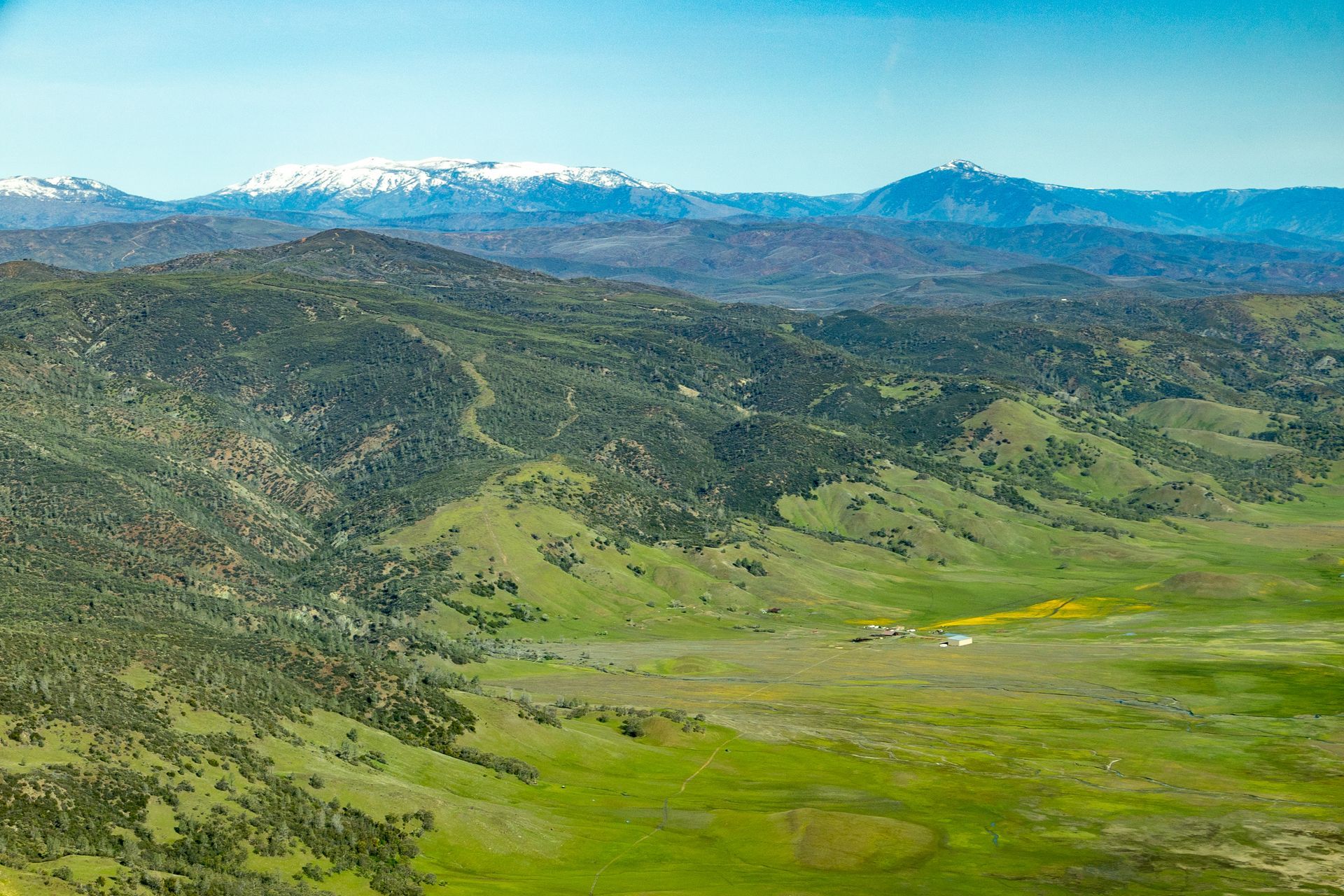Policy Corner - Monument Management, Employee Retention, & Costs of Living in Mendocino County

Photo of Molok Luyuk by Mark Hoshovsky
Last month we were thrilled that the Bureau of Land Management (BLM) had filled the position of Monument manager for Berryessa Snow Mountain National Monument. Our excitement reflects our appreciation of the new manager’s skills. Kay-leigh Barntiz was previously the interim manager and is a regional expert. We look forward to working with Kay-leigh to develop and implement a Monument management plan.
Our excitement also reflects the challenges BLM’s Ukiah Field Office has faced in their efforts to retain Monument management staff. Over the last five years, four different individuals have held the position of Monument manager. High turnover rates and subsequent vacancies affect BLM’s ability to protect the region’s ecological and cultural significance.
What drives these turnovers? Employee retention rates can be attributed to discrepancies between the cost of living in Mendocino County and federal employees’ salaries. BLM employees’ pay, as is the case for all federal white-collar employees, is set under the General Schedule (GS). Rates are adjusted in part through locality pay, or a percentage increase to federal employees’ "scheduled annual rate of pay," based on the region in which their “official worksite” is located. The locality pay program was established via the Federal Employees Pay Comparability Act of 1990 (FEPCA), to reduce regionally-specific wage discrepancies between federal and non-federal employees. The program holds potential to improve federal agencies’ employee retention rates, but it has yet to achieve that outcome in Mendocino County.
Instead, Mendocino County receives the lowest locality pay adjustment of any region in the country (16.82%). The County is categorized as reflecting the “Rest of US,” in that it is not eligible for a regionally-specific rate. As such, Mendocino County’s locality pay is analogous to that in South Dakota. Yet, the median listing price for homes in Mendocino County was76% higher thanthat for South Dakota in 2023. By contrast, the locality pay for neighboring Sonoma County is the highest in the nation (45.41%). Ukiah is less than 25 miles from Sonoma.
What can be done? There are four steps we can take to address discrepancies between cost of living in Ukiah and BLM employees’ salaries.
1) Ask the Federal Salary Council to change Mendocino’s locality pay rate.
Rationale: The Federal Salary Council makes recommendations to the President’s Pay Agent on locality pay, and the Pay Agent, considers those recommendations, defines pay areas, and submits an annual report to the President on locality pay, including rates that would go into effect under the Federal Employees Pay Comparability Act of 1990 (FEPCA) absent another provision of law.
Challenge: To change Mendocino’s locality pay rate, the Federal Salary Council will need to either make an exception to or change their approach for adjusting locality pay rates. In the history of the program, regions have received locality pay adjustments if they are: (1) included in an existing locality pay area as an “area of application” or (2) established as a separate locality pay area. Mendocino County does not meet either criteria.
2) Ask the Federal Salary Council to reevaluate how locality pay rates are set at a national scale, using Mendocino County as a case study of the program’s limitation
Rationale: The Federal Salary Council has indicated that it is disinclined to make case by case exceptions, and thus, a change to Mendocino’s locality pay rate will likely require changes to the Council’s criteria.
Challenges: This approach is politically challenging. There are regions that benefit from locality pay. Re-evaluation will take resources and significant time will pass before changes are reflected in the salaries for Berryessa Snow Mountain National Monument management staff.
3) Ask BLM to request the Office of Personnel Management (OPM) approve a Special Rate be applied to the salaries of BLM’s Ukiah Field Office employees’ salaries
Rationale: OPM may establish “Special Rates” to address staffing problems caused by various factors, including “circumstances OPM considers appropriate.”
Challenge: We see this as the most likely solution to improving the retention rates of BLM employees who manage Berryessa Snow Mountain National Monument. However, as with changes to a region’s locality pay rate, funding for a Special Rates will need to come from somewhere (see below).
4) Ask Congress to increase funding for BLM
Rationale: BLM needs resources to support their staff across the nation. There are an estimated 2,000 vacant positions at BLM, roughly 20% of that agency’s total workforce.
Challenge: Congress’ ability to fund BLM requires bi-partisan support.
What can YOU do? Congress is currently in the process of determining BLM’s budget. As this process unfolds over the next several weeks, we urge YOU to ask Congress to ensure BLM has adequate resources to manage and protect precious public lands and waters. **Click here** to submit a request.
RECENT ARTICLES






